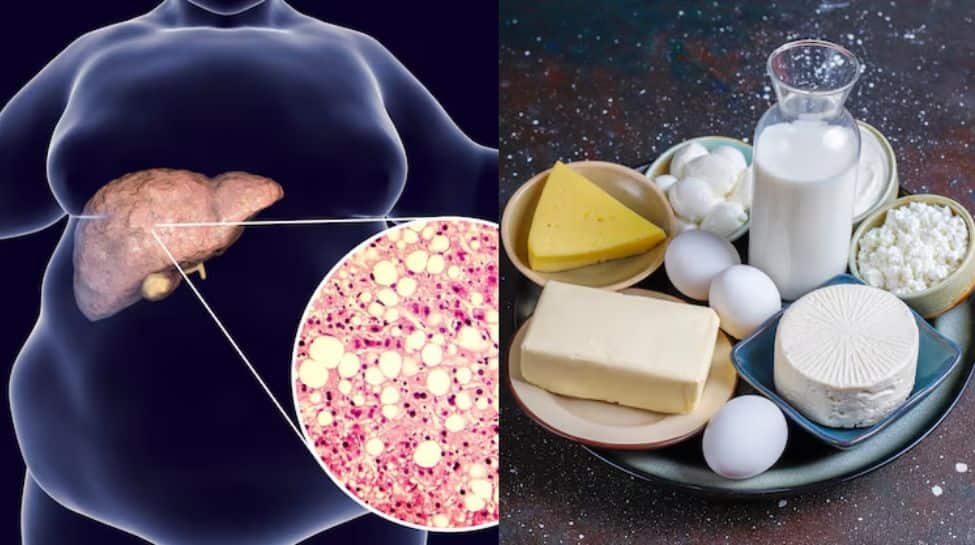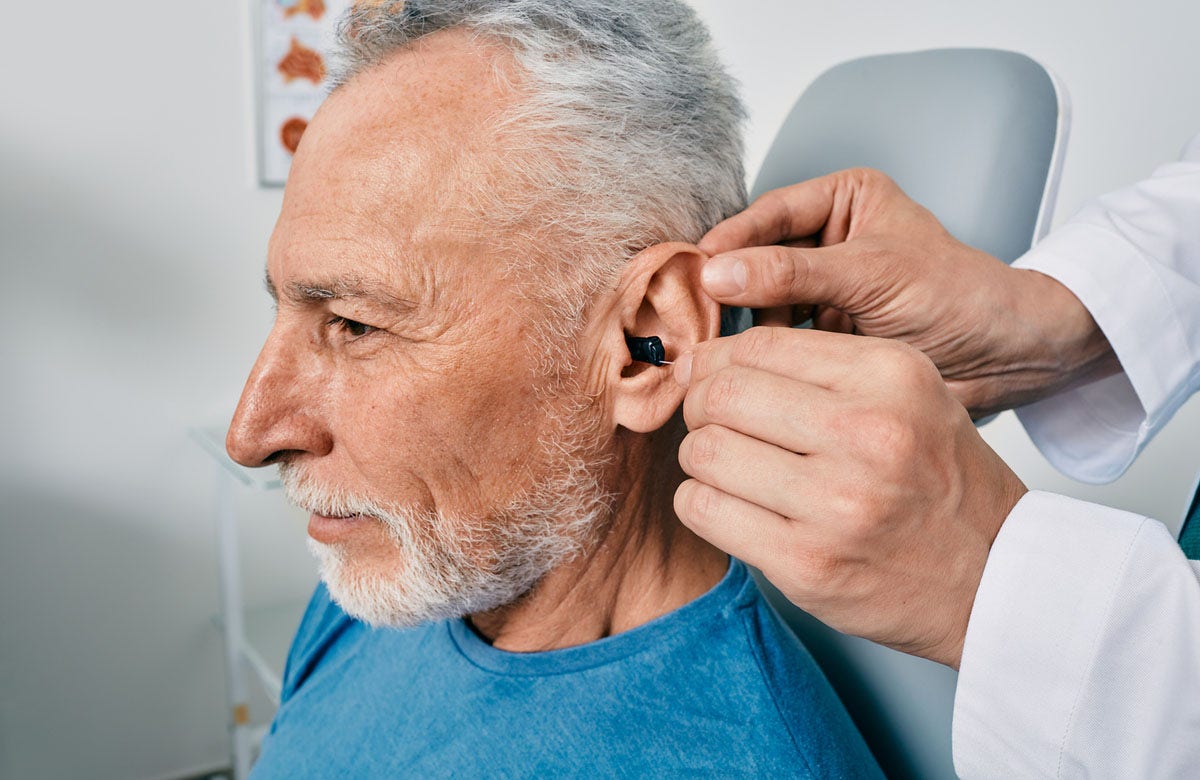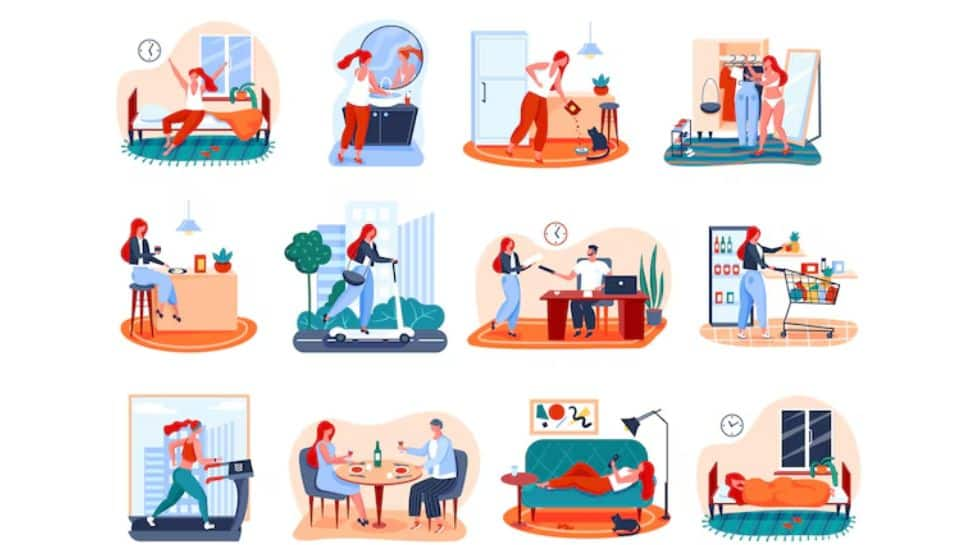According to Omid Scobie’s pored-over, contentious new book Endgame: Inside the Royal Family and the Monarchy’s Fight for Survival, Prince Edward “avoids most physical contact with the great unwashed”. Not because he’s a bit rude, but because he’s allegedly a “massive germaphobe”. If true, it could explain why he avoided shaking hands with well-wishers outside Buckingham Palace last year at the funeral of his mother, Queen Elizabeth.
But the claim also got me thinking about germaphobia. What causes it? Is it a version of obsessive compulsive disorder? Am I a germaphobe? I don’t whack on latex gloves before touching a door handle. Or traipse through airports in a Hazmat suit like self-confessed germaphobe Naomi Campbell during the peak of Covid. But I often pull the plates from beneath my kids before they’ve finished eating – just so I can get on top of the mess. I spray Flash bleach on the walls around the dog bed. If somebody stays over at mine, I’m determined to change the sheets before they’ve even left. The sheer relief and scents of fresh laundry and disinfectant is like a calming balm.
There’s more, too. I won’t share forks. I love antibacterial gel. I’m always telling my children not to touch things until I’ve wiped them down – particularly TV remote controls in hotels. I wash clothes after wearing them only once, which plays havoc on my utility bills. Worst of all, I shout “mess alert!” whenever I feel as if my kids are playing with one too many toys at once. I often turn to tidying in times of stress to feel in control – and I spend a disproportionate amount of time thinking that if everything is clean, everything is OK. Surely this is normal behaviour for a parent with two young children and an unruly dog? But why does contamination feel so threatening?
Germaphobia – also commonly called mysophobia – is when a person has an irrational or disproportionate fear of germs and contamination. There are reportedly many famous “germaphobes” or “clean freaks”. According to the tabloids, Gwyneth Paltrow takes her own brush to the hairdresser. Charlize Theron can’t tolerate messy cabinets. Howard Hughes washed his hands until they bled and once incinerated his whole wardrobe as he thought too many germs were present in his house. David Beckham, Madonna and Cameron Diaz have admitted to being obsessive about cleaning. Time Magazine reported that Donald Trump doesn’t shake hands because he’s afraid of germs – especially those from teachers.
“I’m going to do everything in my power not to shake hands with [them],” the former US president said. “They have 17,000 germs per square inch on their desk. That’s 10 times the germ rate of those in other professions. It’s absolutely swarming with germs.”
Consultant psychiatrist Dr Paul Blenkiron, of the Royal College of Psychiatrists, tells me that the condition is common, either on its own or as part of OCD. OCD itself affects around one in 50 of the population. “Half of these,” he says, “will have contamination by dirt or germs as their biggest fear. To have a germ phobia, you must avoid objects or situations for several months and it must cause you a lot of anxiety and really affect how you function in life – such as [stopping you] doing things you want to do.”
I found The Exorcist disgusting and traumatic – so anything around the devil, religion or the occult was contaminated. If I walked into a church or into a bookstore where there was anything about the occult, I would feel dirty afterwards. It’s genuine OCD
India Haylor, clinical director at OCD Excellence
He says, however, that if you take “lots of precautions” to make things right after exposure to dirt or germs, such as “excessive cleaning, checking, changing clothes, and getting reassurance”, then, it’s probably OCD and not germaphobia.
The good news is that germaphobia, whether it’s part of OCD or a phobia on its own, can be treated, he adds. “The key approach is graded exposure to the feared object or situation, plus not reacting by using compulsions,” he says. Ditching the idea of making things “right” by cleaning, checking, avoiding or other rituals afterwards is also wise. “Gradually, the person learns that nothing bad is going to happen.” Exposure therapy, which is a type of cognitive behavioural therapy, can help up to three out of four people with the condition, as can medication (SSRIs like sertraline or fluoxetine) in more severe cases, he says.
In her 2022 compendium The Book of Phobias and Manias: A History of the World in 99 Obsessions, author Kate Summerscale included a long entry on germaphobia under the heading “Mysophobia”. “It was fascinating to be researching phobias during the pandemic, when the government was encouraging us to develop new fears,” she tells me. “Some germaphobes felt a strange kind of relief when they saw everyone adopting the behaviours that had been diagnosed in them as pathological: wearing gloves, wiping down surfaces, washing hands and outdoor clothes.”
The condition, she learnt, was first identified in the 1870s, when scientists discovered that disease could be spread by invisible microbes. “Several young women told a psychiatrist in New York that they had started to obsessively wash their hands and to avoid touching doorknobs, newsprint or banknotes.”
India Haylor, psychotherapist and clinical director at OCD Excellence in London, has a long list of high-profile celebrity clients with “contamination OCD”, as she calls it. It’s also a condition she has suffered from in extreme ways, adding that it can be problematic “at the most unfortunate of times”, like when in front of a camera or at your own wedding.
“When it comes to ‘contamination OCD’, [famous people] can function quite well in the public eye, so long as they are able to decontaminate before doing something – like eating and touching their own clothing or entering their safe space, such as home,” she says. “They will carry sanitising gel and wipes, or have [someone else] do that for them.”
Naomi Campbell shares extreme in-flight hygiene routine
Fixations of contamination OCD, she explains, often revolve around bodily fluids. “Therefore, sharing food, drinks, using public toilets, touching others [or] touching handles feel very uncomfortable,” she says. It isn’t unusual for her untreated clients to have different clothes for inside and outside the house, including shoes, and they can end up showering up to four times a day for extended periods. The biggest issue with OCD as a whole, though, is that it’s never straightforward. Fears don’t have to just revolve around dirt, germs or disease, she says. “It can be based around a person, a place, an event, a timescale, a substance or even a characteristic and many more.”
According to Haylor, the condition is gaining momentum in her client base, especially in teenage clients, who suffer from emotional contamination around another pupil. Emotional contamination is a subtype in which the OCD sufferer fears their triggers (people, places, things) will somehow contaminate or harm them. “I have clients who have a fear of becoming a person they dislike at school, for example. They may leave the school and who won’t even go to the town where the family of the child lives,” she says.
In her 18 years of working in OCD care, the subtypes have changed. “It used to be mainly contamination, and these days it is more likely to be ‘responsibility OCD’,” she says, meaning a fear of harming others, emotionally or physically. Currently, the condition affects 70 per cent of her client base.
Haylor tells me that I don’t need to worry too much about my cleaning issues, and that cleaning is often “cathartic in nature” – but that it’s important to distinguish between merely wanting to keep things tidy and having significant OCD. “OCD is disabling,” she says. “It’s the tenth leading cause of disability in the world, including physical ailment.” In many cases of OCD, the obsessions can change over time. She says her own case of ‘contamination OCD’ was triggered by watching The Exorcist as a child – and then fearing she’d contaminate others. “I found it disgusting and traumatic to watch – so anything around the devil, religion or the occult was contaminated. If I walked into a church or into a bookstore where there was anything about the occult, I would feel dirty afterwards. It’s genuine OCD.”
Hands-free: Prince Edward greets members of the public following Queen Elizabeth’s death in September 2022
(Getty Images)
According to Dr Blenkiron, it’s not known what causes germaphobia or OCD in the first place. “It might start with some bad experience with germs or illness in [the patient’s] past, but that’s not always true,” he says. What is fairly certain, though, is that the problem will worsen if their initial experience shapes how they interact with something moving forward. “Avoiding certain places and situations, or doing excessive cleaning or checking, leads to temporary relief of the problem, which is a little reward – also called ‘negative reinforcement’.” This then leads that person to repeat the same behaviour over and over again. “It gets gradually worse as they clean, or avoid more and more situations in a negative spiral that can trap a person in their own self-made prison,” he warns.
In other words, it’s time I came out of my bleach-smelling fortress and faced the mess. I might not be a true germaphobe, or have OCD, but I’m sure my kids would far prefer an extra hour at the playground than a sparkly kitchen sink.















































